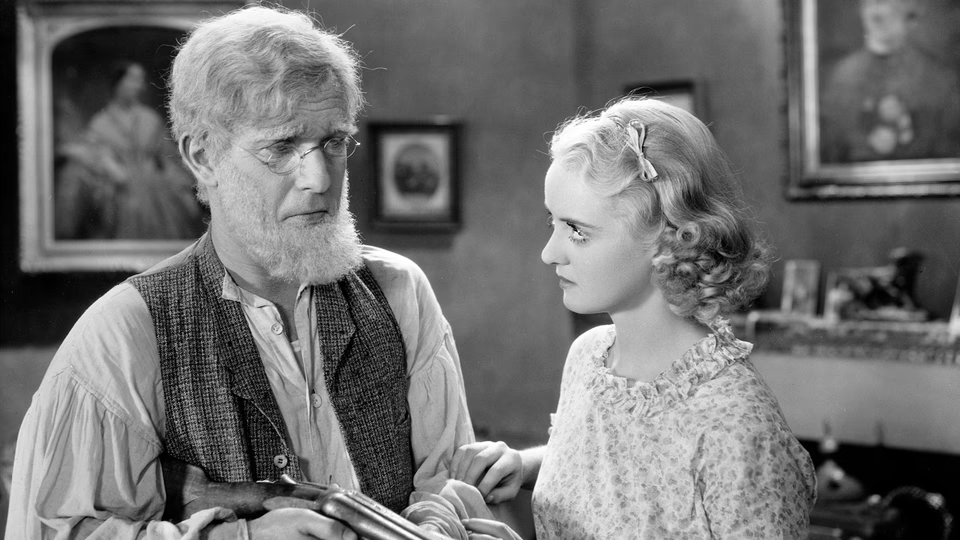Way Back Home

A showcase for star Phillips Lord’s popular radio personality, this rural melodrama follows a pair of young lovers looking to elope and the return of an adopted boy’s brutish biological father. Bette Davis plays one of the young lovers.
The film opens with Lord spinning a folksy yarn about his finances. It’s an inert, talky scene that doesn’t bode well for the production. Things improve as the script settles into the aforementioned sub-plots.
Davis is fine, if unremarkable in a role that proved important to her career. Said Davis:
This was the first picture in which I was well photographed—and more important—was not a sister. I was someone’s girl, and you did understand why he wanted to kiss me at the fade-out.1
She’s only as good as the material, and Warner Brothers developed the picture as a star-vehicle for Lord. He’d be a fine character actor ala Gabby Hayes or Walter Brennan, but lacks the presence to carry the picture. His folksy shtick proves easier to swallow in smaller doses.
Given its importance in her career, Way Back Home may interest Bette Davis fans as a curiosity. I found the film well-produced—with plenty of extras, convincing sets, and nice location photography—but underwhelming. The singing numbers, meant to inspire, felt tedious, padding the running time.
An improbable high-speed buggy chase offered the lone highlight. No special effects. Notice the skidding turns. Those buggies were moving. Just disregard the editing gaffe when a passenger jumps and lands on the buggy’s opposite side.
Notes
-
Bette Davis, The Lonely Life (Hachette Books, 2017), 100-101. ↩︎